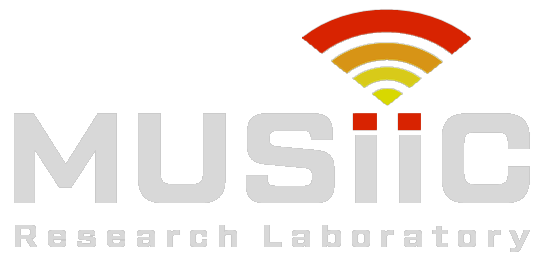- Kim, Younsu, et al. “Ultrasound thermal monitoring with an external ultrasound source for customized bipolar RF ablation shapes.” International journal of computer assisted radiology and surgery 13.6 (2018): 815-826.
- Kim, Younsu, et al. “Speed of sound estimation for thermal monitoring using an active ultrasound element during liver ablation therapy (Conference Presentation).” Medical Imaging 2017: Ultrasonic Imaging and Tomography. Vol. 10139. International Society for Optics and Photonics, 2017.
- Kim, Younsu, et al. “Speed of sound estimation with active pzt element for thermal monitoring during ablation therapy: feasibility study.” Medical Imaging 2016: Ultrasonic Imaging and Tomography. Vol. 9790. International Society for Optics and Photonics, 2016.
- Audigier, Chloé, et al. “Conformal radiofrequency ablation to validate ultrasound thermometry.” Medical Imaging 2019: Image-Guided Procedures, Robotic Interventions, and Modeling. Vol. 10951. International Society for Optics and Photonics, 2019.
- Audigier, Chloé, et al. “Computational modeling of radiofrequency ablation: evaluation on ex vivo data using ultrasound monitoring.” Medical Imaging 2017: Image-Guided Procedures, Robotic Interventions, and Modeling. Vol. 10135. International Society for Optics and Photonics, 2017.
- RF-ablation pattern shaping employing switching channels of dual bipolar needle electrodes: ex vivo results
Radio frequency ablation is a procedure to destroy malignant tissues by increasing the temperature at a target region, and it should also preserve surrounding healthy tissues at the same time. Therefore, temperature monitoring during ablation therapy is important to achieve precise and reproductive results. Ultrasound is an attractive medical modality due to non-ionizing radiation, cost-effectiveness and portability. We implement an ultrasound thermometry method using an external ultrasound source to monitor customized RF ablation shapes created by a new system using switching channels of dual bipolar needle electrodes. An ultrasound probe collects series of time-of-flight information from the ultrasound source. The speed of sound changes due to the temperature increase in the ablated area. We detect the time-of-flight changes and solve for the speed of sound in each pixel. To cope with the ill-posed optimization problem, we use the a priori knowledge brought by a biophysical model of heat propagation. Finally, the reconstructed speed of sound images are converted into temperature images. The proposed method can be applied to various ablation procedures by adding an ultrasound source with an ablation device.
